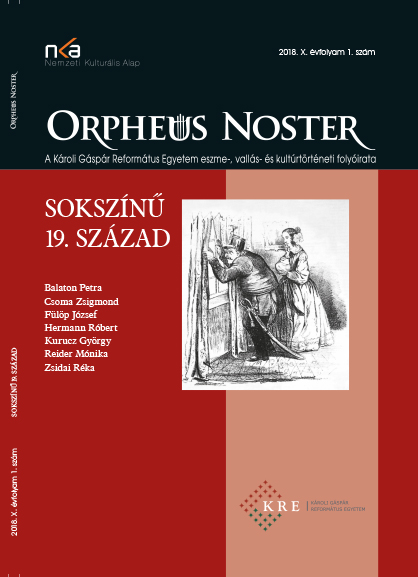Az 1848. évi magyar forradalom a karikatúrák tükrében
The 1848’s Hungarian Revolution on Contemporary Caricatures
Author(s): Róbert HermannSubject(s): Cultural history, Visual Arts, Political history, Social history, 19th Century
Published by: Károli Gáspár Református Egyetem
Keywords: political caricature; Hungarian revolution and war of independence 1848–1849; nationality movements; Hungarian–Austrian relations; Batthyány governement
Summary/Abstract: Before 1848 there was a very limited tradition and place for political cartoons in Hungary. The main reason for this was censorship. The year 1848 – even in the months before the outbreak of the Revolution – brought some changes in this regard. After a long licensing procedure the weekly magazine “Ábrázolt folyóirat” (Illustrated Magazine) was published by Károly Werfer on August 1, 1848. It had a total of 46 issues and was canceled in November 1848. The magazine, which was modeled on similar illustrated journals in Western Europe published at that time (Illustrated London News; Illustration, Paris; Illustrierte Zeitung, Leipzig) tried to make its articles interesting by including woodcut illustrations. Reflections on Hungarian political life appeared in a more characteristic form in the June 15, 1848 issue of the humorous “Charivari (Dongó)” edited by Gusztáv Lauka, which, from the July of that year, became a biweekly publication. Its cartoons were drawn by the renowned graphic artist Miklós Szerelmey. Both papers reflected on domestic political events: the debates between the radical left and the government, relations between Austria and Hungary, minority movements, and questions of national defense.
Journal: Orpheus Noster. A KRE Eszme-, Kultúr-, és Vallástörténeti Folyóirata
- Issue Year: X/2018
- Issue No: 1
- Page Range: 41-57
- Page Count: 17
- Language: Hungarian

